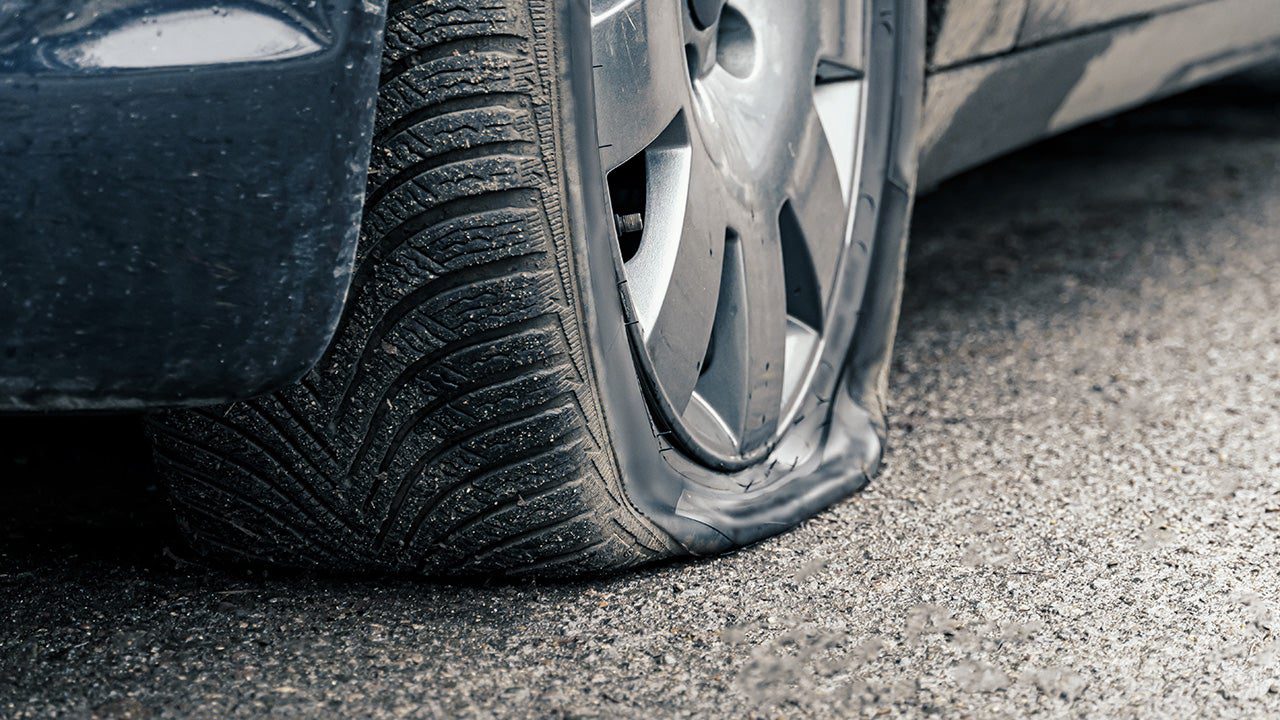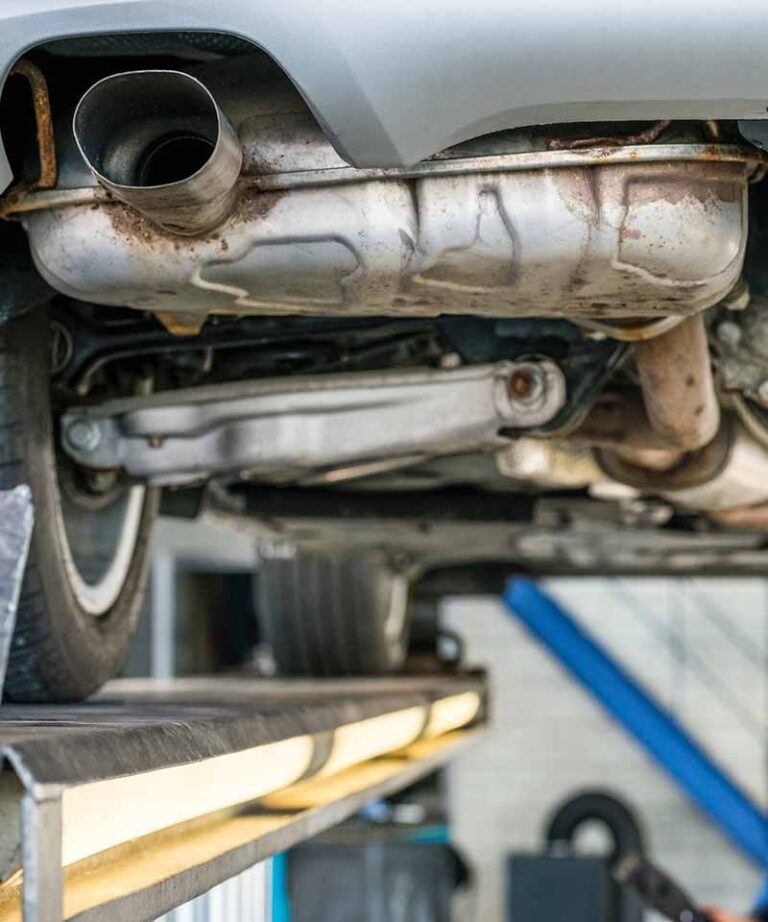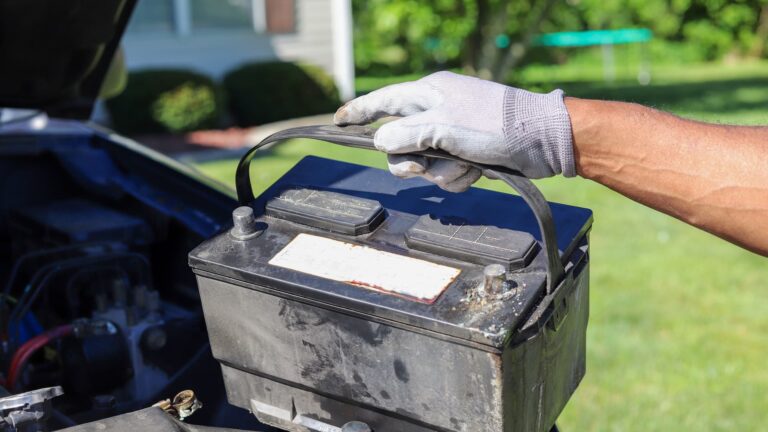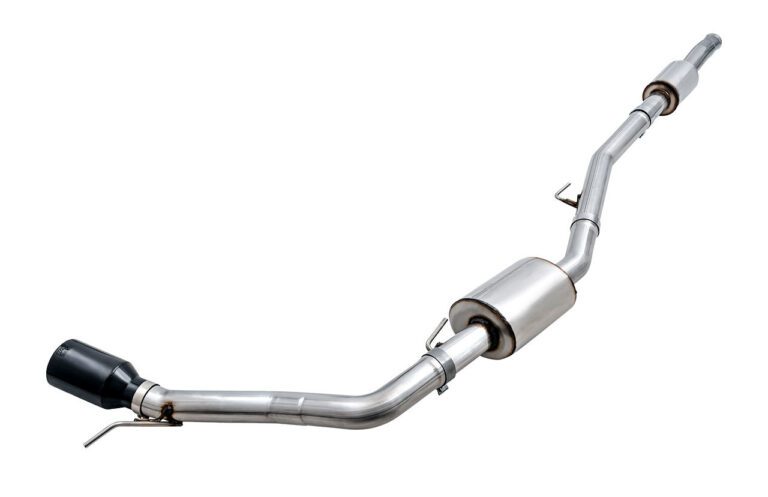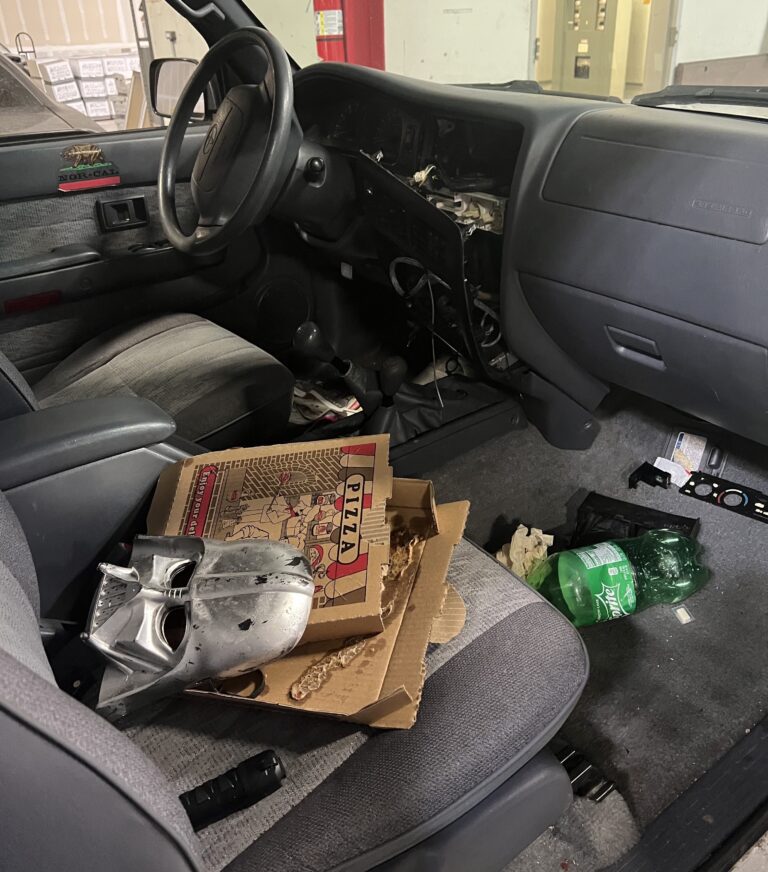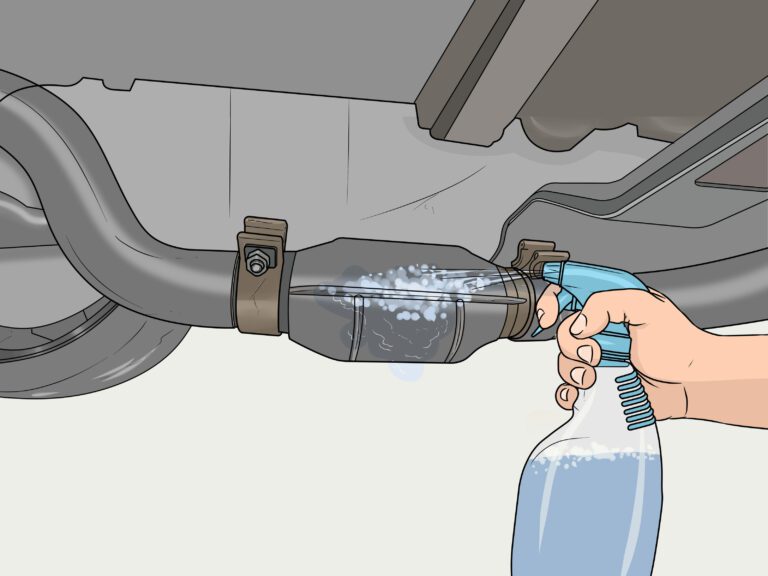Low Car Tire Pressure: Avoid Costly Accidents Now!
Low car tire pressure can lead to decreased fuel efficiency, poor handling, and increased risk of a blowout. Inadequate tire pressure not only affects your vehicle’s performance, but it can also impact your safety on the road.
The Importance Of Checking Car Tire Pressure Regularly
The Importance of Checking Car Tire Pressure Regularly
| Benefits of maintaining proper tire pressure: |
| • Improved fuel efficiency |
| • Enhanced handling and performance |
| • Longer tire lifespan |
| • Better safety and grip on the road |
Proper car tire pressure is crucial for optimal vehicle performance and safety. Impact of low tire pressure on vehicle performance includes reduced fuel efficiency, decreased handling capabilities, and increased risk of accidents. Statistics on accidents caused by low tire pressure highlight the severity of the issue. Maintaining the recommended tire pressure not only improves fuel efficiency but also enhances overall handling and performance. It helps to extend the lifespan of the tires while providing better safety and grip on the road, reducing the risk of accidents.
Signs Of Low Car Tire Pressure
htmlLow car tire pressure can have several negative effects on your vehicle’s performance and safety. One of the most common indicators of low tire pressure is the warning signs that appear on your car’s dashboard. These warnings usually come in the form of a symbol or light and serve as an alert to check your tire pressure. It is important not to ignore these warnings as they can lead to more serious issues such as tire blowouts or accidents.
Another sign of low tire pressure is uneven wear on your tires. If you notice that one tire is wearing down faster than the others, it could be a sign of low pressure. Uneven wear not only affects the lifespan of your tires but also compromises your vehicle’s handling and stability on the road.
Additionally, low car tire pressure can result in reduced fuel efficiency. Under-inflated tires create more resistance, which requires your engine to work harder and burn more fuel. By maintaining the correct tire pressure, you can improve your vehicle’s fuel economy and save money at the pump.
How To Check Car Tire Pressure
To ensure optimal performance and safety, it’s crucial to regularly check your car’s tire pressure. Here’s a step-by-step guide on how to effectively check your car tire pressure:
- First, gather the necessary equipment for checking tire pressure. You will need a tire pressure gauge and, if needed, an air compressor.
- Make sure your car tires are cool before checking the pressure. Cold tires provide accurate readings.
- Remove the valve cap from the tire you want to check.
- Press the tire pressure gauge onto the valve stem firmly and hold it in place until the gauge’s reading stabilizes.
- Note the pressure reading on the gauge and compare it with the recommended tire pressure levels for your specific vehicle. These can usually be found in the owner’s manual or on a sticker inside the driver’s side door.
- If the tire pressure is below the recommended level, inflate the tire by adding air carefully. Recheck the pressure to ensure it meets the recommended level.
- Repeat the process for all four tires.
Regularly checking and maintaining proper tire pressure not only improves fuel efficiency but also enhances handling and extends the lifespan of your tires. Keep in mind that tire pressure should be checked at least once a month and before long trips to ensure a smooth and safe driving experience.
Consequences Of Ignoring Low Car Tire Pressure
Ignoring low car tire pressure can have serious consequences, including an increased risk of accidents. When tire pressure is too low, it can lead to tire blowouts, which can result in a loss of control of the vehicle. This can be incredibly dangerous, especially at higher speeds or in hazardous driving conditions.
In addition to the risk of accidents, ignoring low tire pressure can also lead to increased fuel consumption and decreased tire lifespan. When tires are underinflated, it causes increased rolling resistance, which means the engine has to work harder to propel the car forward. This can result in more fuel being used, ultimately leading to higher fuel costs.
Furthermore, low tire pressure puts additional stress on the tires, causing them to wear out more quickly. This can result in the need for more frequent tire replacements, which can be expensive.
It is crucial to regularly check and maintain proper tire pressure to ensure both safety and efficiency on the road. By keeping tire pressure at the recommended levels, drivers can reduce the risk of accidents, improve fuel efficiency, and extend the lifespan of their tires.
Tips For Preventing And Addressing Low Car Tire Pressure
Regular tire inspections and maintenance are crucial for preventing and addressing low car tire pressure. It is important to properly inflate your tires to ensure optimal performance and safety. Under-inflated tires can lead to poor fuel efficiency, increased tire wear, and higher risk of blowouts.
To fill and maintain tire pressure, follow these steps:
| 1. | Start by checking the manufacturer’s recommended tire pressure, typically found in the vehicle’s manual or on a sticker inside the driver’s door jamb. |
| 2. | Use a reliable tire pressure gauge to measure the current tire pressure. |
| 3. | If the pressure is too low, add air using an air compressor or at a gas station equipped with an air pump. |
| 4. | Regularly inspect tires for visible damage, such as punctures or cuts, and check for proper tread depth. |
| 5. | Additionally, consider investing in a tire pressure monitoring system to help detect any sudden changes in pressure. |
By following these tips, you can prevent low car tire pressure and ensure your tires are properly inflated for a smoother and safer driving experience.
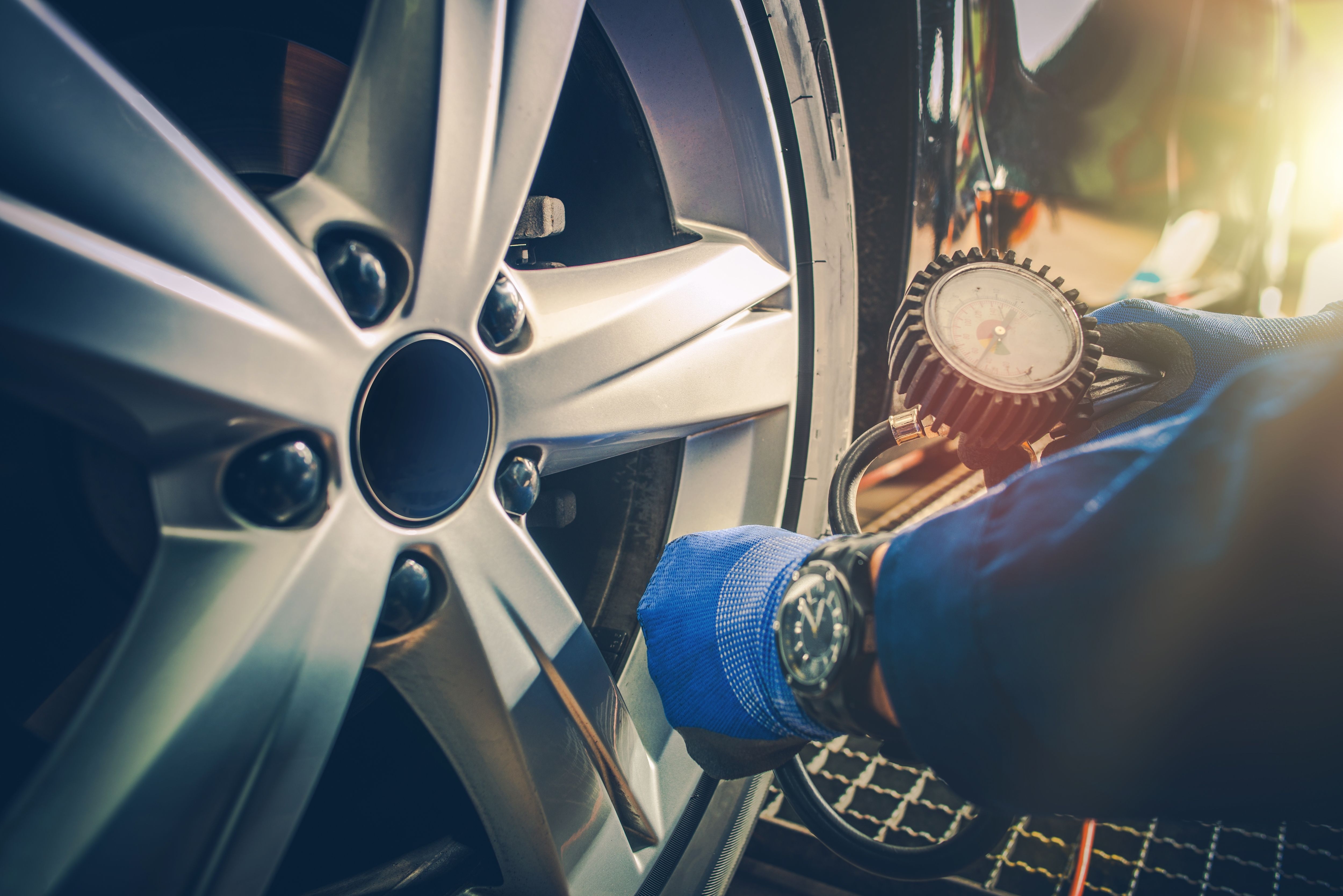
Credit: www.caranddriver.com
The Role Of Temperature In Tire Pressure
The role of temperature in tire pressure is crucial to understand in order to maintain the optimal performance of your car. Temperature can have a significant effect on tire pressure, leading to fluctuations that can impact your driving experience. Seasonal variations in temperature, for example, can cause tire pressure to decrease in cold weather and increase in hot weather. It is important to regularly check and adjust the tire pressure to ensure safety and prevent wear and tear on the tires.
During extreme weather conditions, such as heatwaves or cold snaps, it becomes even more important to manage tire pressure effectively. In hot weather, tire pressure tends to rise, so it is essential to check and release some air if needed. On the other hand, in cold weather, tire pressure decreases, so it is crucial to check and inflate tires accordingly. This will help maintain proper grip, improve fuel efficiency, and increase the lifespan of your tires.
By understanding the effect of temperature on tire pressure and following these tips for managing tire pressure during extreme weather conditions, you can ensure a smoother and safer driving experience.
The Impact Of Low Car Tire Pressure On Vehicle Safety Systems
The Impact of Low Car Tire Pressure on Vehicle Safety Systems
The role of tire pressure in the functioning of ABS and stability control:
- Low car tire pressure can significantly impact the effectiveness of safety systems such as ABS and stability control.
- Tire pressure plays a crucial role in the functioning of these safety systems.
How low tire pressure affects braking distance and handling:
- One major effect of low tire pressure is an increase in braking distance.
- When the tire pressure is low, there is a larger contact patch between the tire and the road surface.
- This increased contact patch can lead to increased rolling resistance, resulting in longer braking distances.
- Low tire pressure can also lead to poor handling and reduced grip on the road.
- Handling becomes compromised as the tire sidewalls flex more under load, leading to reduced responsiveness and stability.
Risks associated with driving with malfunctioning safety systems:
- Driving with malfunctioning safety systems puts the driver and passengers at a higher risk of accidents and injuries.
- Without proper functioning ABS or stability control, the vehicle’s ability to maintain control and stability in emergency situations is compromised.
- This can lead to loss of control, increased braking distances, and a higher likelihood of collisions.
Common Misconceptions About Car Tire Pressure
In the world of car maintenance, there are several misconceptions surrounding tire pressure that need to be dispelled. One common myth relates to overinflation and underinflation. Many people believe that overinflating their car tires will improve fuel efficiency, but this is not the case. Overinflation can actually lead to uneven tire wear and discomfort due to a harsh ride.
Similarly, some individuals mistakenly assume that underinflating their tires will provide a smoother ride. However, driving with underinflated tires can be dangerous as it reduces traction, increases the risk of a blowout, and negatively impacts fuel efficiency. It is important to follow the manufacturer’s guidelines for the recommended tire pressure to ensure optimal performance and safety.
Another aspect to consider is the role of tire size and load capacity. Different vehicles require specific tire sizes and have different load-carrying capacities. Using the wrong tire size or exceeding the load capacity can result in compromised handling and potential damage to the tires. It is crucial to consult the vehicle’s manual or a professional to determine the appropriate tire size and load capacity for your car.
The Role Of Regular Maintenance In Preventing Low Car Tire Pressure
Regular maintenance is essential for preventing low car tire pressure. One important aspect of maintenance is regular tire rotations and alignment. Tire rotations ensure that the tires wear evenly, which helps to extend their lifespan and prevent low pressure issues. Additionally, aligning the tires properly ensures that they are all pointing in the same direction, reducing uneven wear and tear and preventing the tires from losing pressure. Another key maintenance task is inspecting the tires for damage and wear on a regular basis. This involves visually examining the tires for any signs of cuts, punctures, bulges, or excessive wear on the tread. Addressing these issues promptly can help prevent low tire pressure and potential blowouts. Lastly, balancing the tires and maintaining proper tread depth are crucial maintenance tasks. Balancing the tires evenly distributes the weight of the vehicle across all four tires, which can prevent uneven wear and loss of pressure. Maintaining the correct tread depth ensures proper traction and helps to prevent low pressure issues. Regular maintenance checks for tire rotations, alignment, inspections, balancing, and tread depth are key to preventing low car tire pressure.
Proper Tire Pressure For Different Driving Conditions
Proper Tire Pressure for Different Driving Conditions
Adjusting tire pressure is crucial for maintaining optimal performance and safety on the road. When it comes to off-road driving, lowering tire pressure can enhance traction and make your vehicle more capable of traversing uneven terrain. However, it is important to remember that extreme temperatures can affect tire pressure. In hot weather, the air inside the tire expands, causing an increase in pressure, while cold weather contracts the air, resulting in lower pressure. Long trips or heavy loads can also impact tire pressure. It is recommended to check and adjust tire pressure before embarking on extended journeys or when carrying extra weight.
| Driving Condition | Tire Pressure Considerations |
|---|---|
| Off-Road Driving | Lower tire pressure for improved traction on uneven terrain. |
| Extreme Temperatures | Hot weather increases tire pressure, while cold weather decreases it. Regular checks and adjustments are necessary. |
| Long Trips or Heavy Loads | Check and adjust tire pressure before embarking on extended journeys or carrying extra weight to ensure optimal performance and safety. |
Frequently Asked Questions For Low Car Tire Pressure
Is It Ok To Drive With Low Tire Pressure?
Driving with low tire pressure is not recommended. It can lead to decreased control, reduced fuel efficiency, and increased risk of tire damage or blowouts. Regularly check your tire pressure and maintain it at the recommended levels for your safety and vehicle’s performance.
What To Do When Car Tire Pressure Is Low?
When car tire pressure is low, follow these steps: 1. Check the tire pressure using a gauge. 2. Inflate the tire to the recommended pressure using an air compressor. 3. Repeat the process for all tires. 4. Regularly monitor tire pressure to ensure they are properly inflated.
5. Consult a professional if the issue persists.
Is It Ok To Drive On 28 Psi?
It is generally not recommended to drive on 28 PSI. It is best to follow the manufacturer’s guidelines for tire pressure, which can usually be found in the owner’s manual or on the door jamb. Proper tire pressure ensures optimal safety, performance, and longevity of the tires.
Always check and maintain the recommended tire pressure.
Why Is My Tire Pressure Light On If My Tires Are Fine?
Your tire pressure light may be on even if your tires seem fine due to a slight variation in tire pressure. It’s essential to check and adjust the pressure according to the manufacturer’s recommendations. Tire pressure sensors are sensitive and can trigger the light even for minor deviations.
Regular maintenance is necessary to ensure optimal tire performance and safety.
Conclusion
Low car tire pressure can lead to a range of problems, including decreased fuel efficiency, reduced handling, and increased risk of blowouts. Regularly checking and maintaining the optimum tire pressure is crucial for vehicle safety and performance. By following these simple guidelines, you can ensure that your car tires are properly inflated, prolonging their lifespan and enhancing your overall driving experience.
Remember, a little effort in maintaining the right tire pressure goes a long way in keeping you safe on the road.
